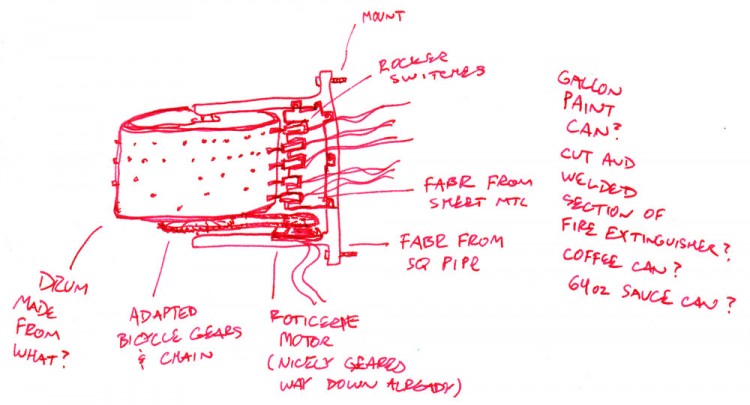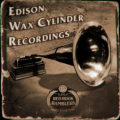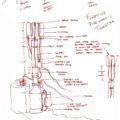I’m participating in Fun-a-Day, a daily art challenge through the month of January, committed to do a daily post here detailing some Big Art Idea or project that looms somewhere out in my future.
 It often happens that we need an interesting and autonomous way to control a device. Arguably, the least complicated way to do this would be using a micro-processor controller such as an Arduino or a Raspberry Pi. But there is really something charming about an analog controller.
It often happens that we need an interesting and autonomous way to control a device. Arguably, the least complicated way to do this would be using a micro-processor controller such as an Arduino or a Raspberry Pi. But there is really something charming about an analog controller.
One of the most impressive analog controllers was invented in Iraq in the 9th century.
A trio of Persian inventors, produced “the earliest known mechanical musical instrument”, in this case a hydropowered organ which played interchangeable cylinders automatically, which they described in their Book of Ingenious Devices. This “cylinder with raised pins on the surface remained the basic device to produce and reproduce music mechanically until the second half of the nineteenth century.”
Variations were produced for centuries, flourishing with 19th and 20th century advances in watchmaking technology.
Now, can we scale up the music box? Can we make a larger scale controller?
Voila! We have a programmable, mostly-analog controller, useful to control kinetic sculptures and so on.





